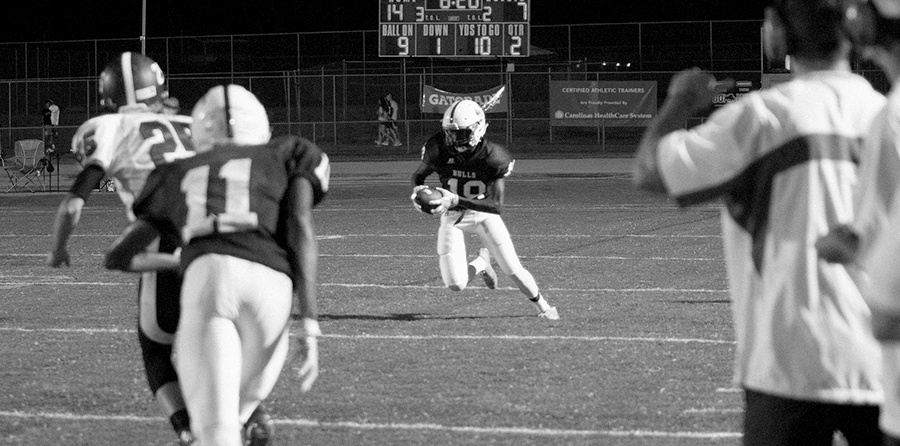Using Personal Stories in a Business Environment

“Remember what they say in improv: first idea, best idea.” Whenever I facilitate Ariel’s storytelling module—either in a standalone storytelling course or as part of our two-day Leading with Presence program—I always give this advice as my participants are deciding what personal story they want to tell. And I give this advice because I see my participants discounting their own stories. They either assume that their life experiences are boring and no one wants to hear them, and/or they don’t want to be vulnerable at work by sharing something with deep personal meaning.
This is exactly what happened with Greg.
Greg was going through the program with his team and during the rehearsal process, I had noticed him struggling. Whenever I would jump in and offer him and his coach (a fellow participant) words of encouragement, he’d shrug his shoulders and sigh, telling me he didn’t think his story was any good and he didn’t like telling it.
First idea vs. second idea
It was no surprise then that Greg bounded back from lunch with an entirely different story that he was ready to share with the group.
Those of us who somehow survived wild and crazy childhoods in the days before child safety would appreciate his story of not wearing a seatbelt as a little kid and almost falling out of his family’s Buick as his mother took a corner a bit too sharply. The audience was laughing, and Greg employed all the expressive techniques we had learned to land a business message about always taking safety precautions. But I wasn’t convinced, and I could see that Joanne, his coach, wasn’t either.
“Joanne, you look like you have something to say,” I invited.
“Yeah, I do,” she sighed. “Greg, I like this story. It’s very funny and has a good message. But the first story you told during our rehearsal process was so much more powerful.”
“What made it more powerful, Joanne?” I asked.
“I know it made him uncomfortable to tell the first story, but I think that’s what made it a better story.”
“Greg,” I turned toward him, “your coach has seen both stories and thinks the original is more powerful. Would you be willing to share that one with us?”
He grumbled that it made him uncomfortable, but he obliged. Greg took us back to a hot August day in high school after two back-to-back football practices. His girlfriend was complaining that she never got to see him because he was always at football practice. So, he made the decision to quit the team. His coach yelled at him, telling him he was making a huge mistake. And, a few weeks later, as Greg sat in the stands watching the first game of the season, he knew he had made a mistake too.
“…and that’s why I never quit anything,” his voice getting strong at the end. “You think I’m tough and I never let you quit. Well, that’s why. When you quit, you have regrets. So, as a team, we’re not going to quit.”
The room was silent. The other participants were hooked, motionless, all eyes trained on Greg. Sure, no one was laughing, but he had the audience’s attention in a different way now. He had them by the heartstrings.
Vulnerability builds trust and buy-in
As uncomfortable as it felt for Greg to relive that moment (and the ensuing regret) of quitting the football team, his doing so built a powerful connection with the audience. When we share something about ourselves—especially something that’s a little uncomfortable to share—our audience sees us as human, someone they can relate to. This vulnerable connection creates a sense of trust and inspires our audience to get on board with our vision and message.
But don’t take my word for it—try yourself. Just remember: first idea, best idea.
